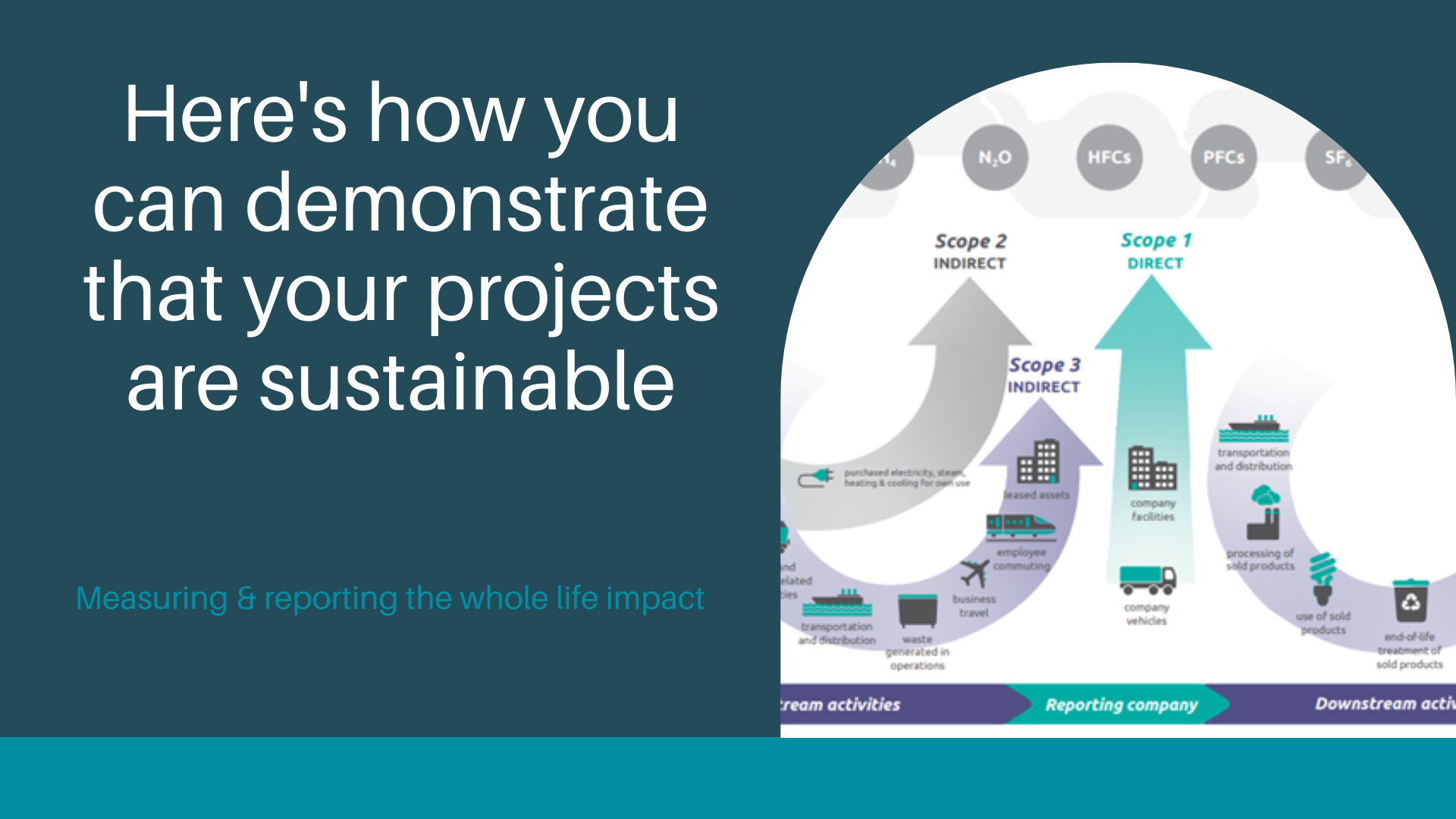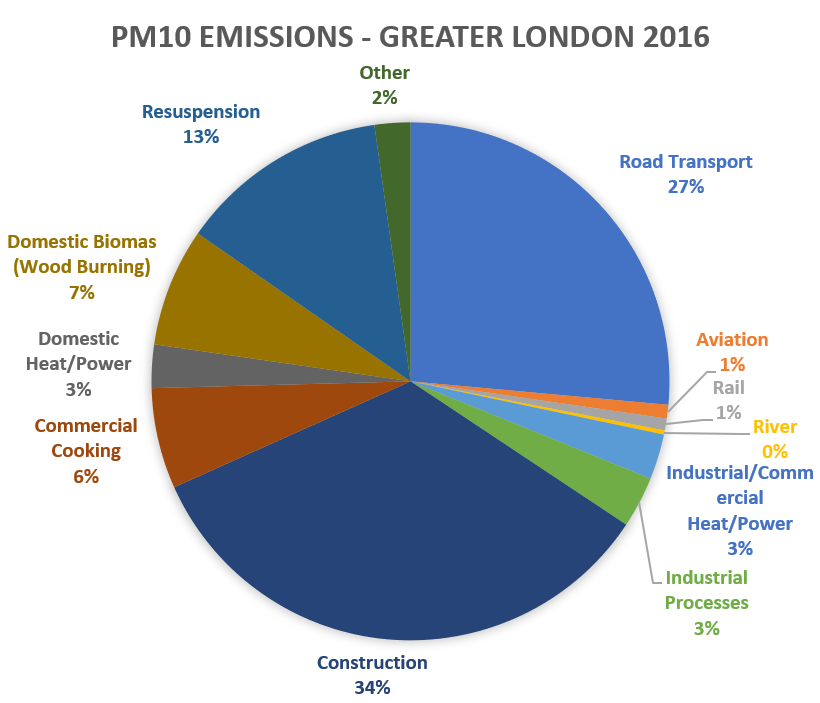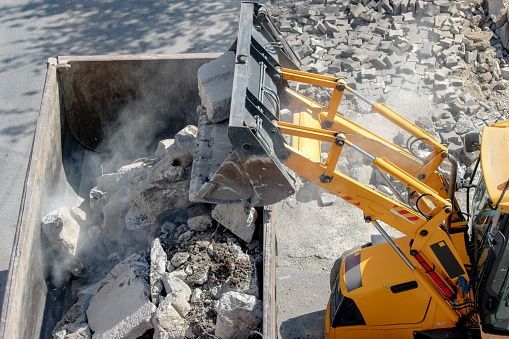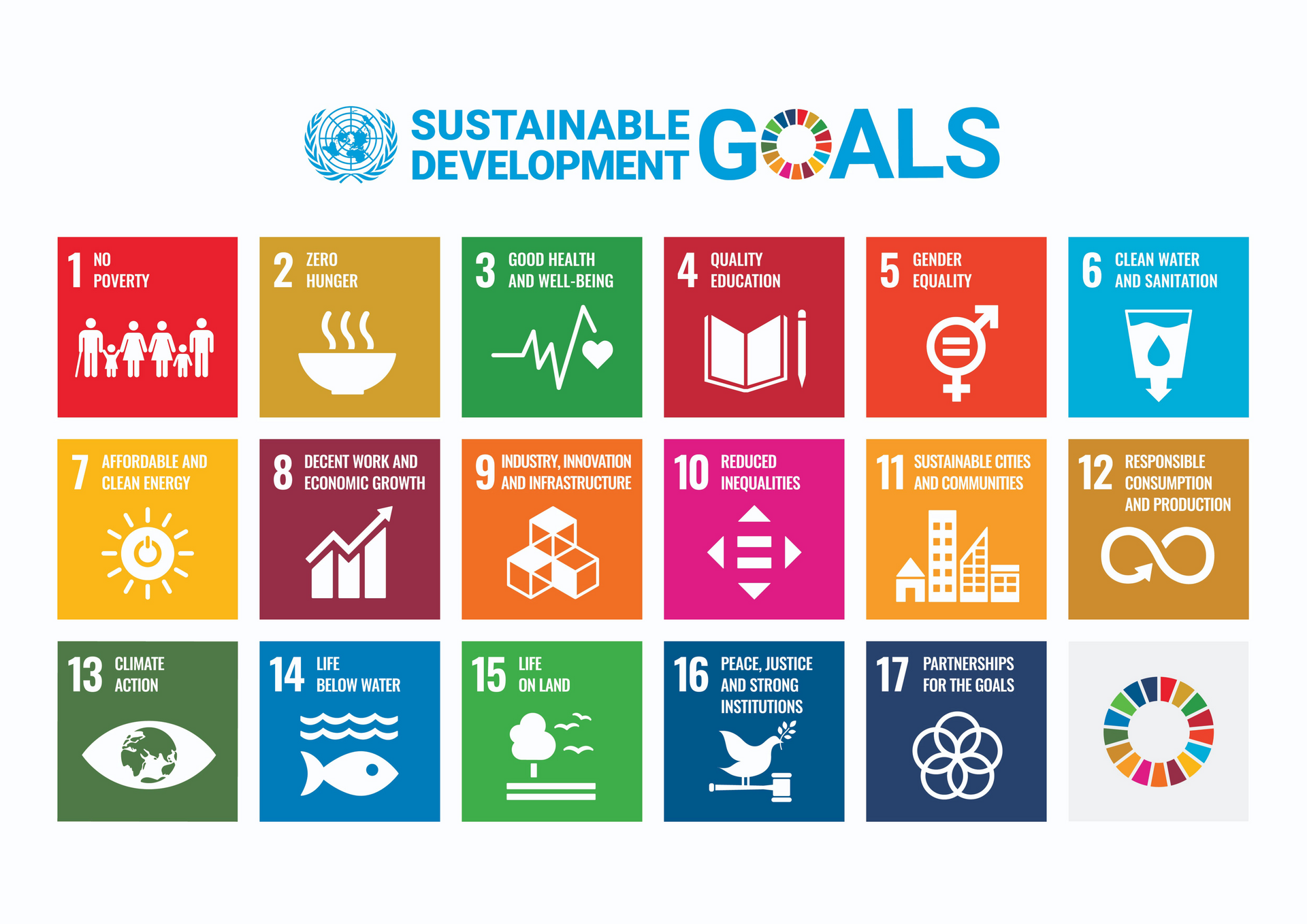
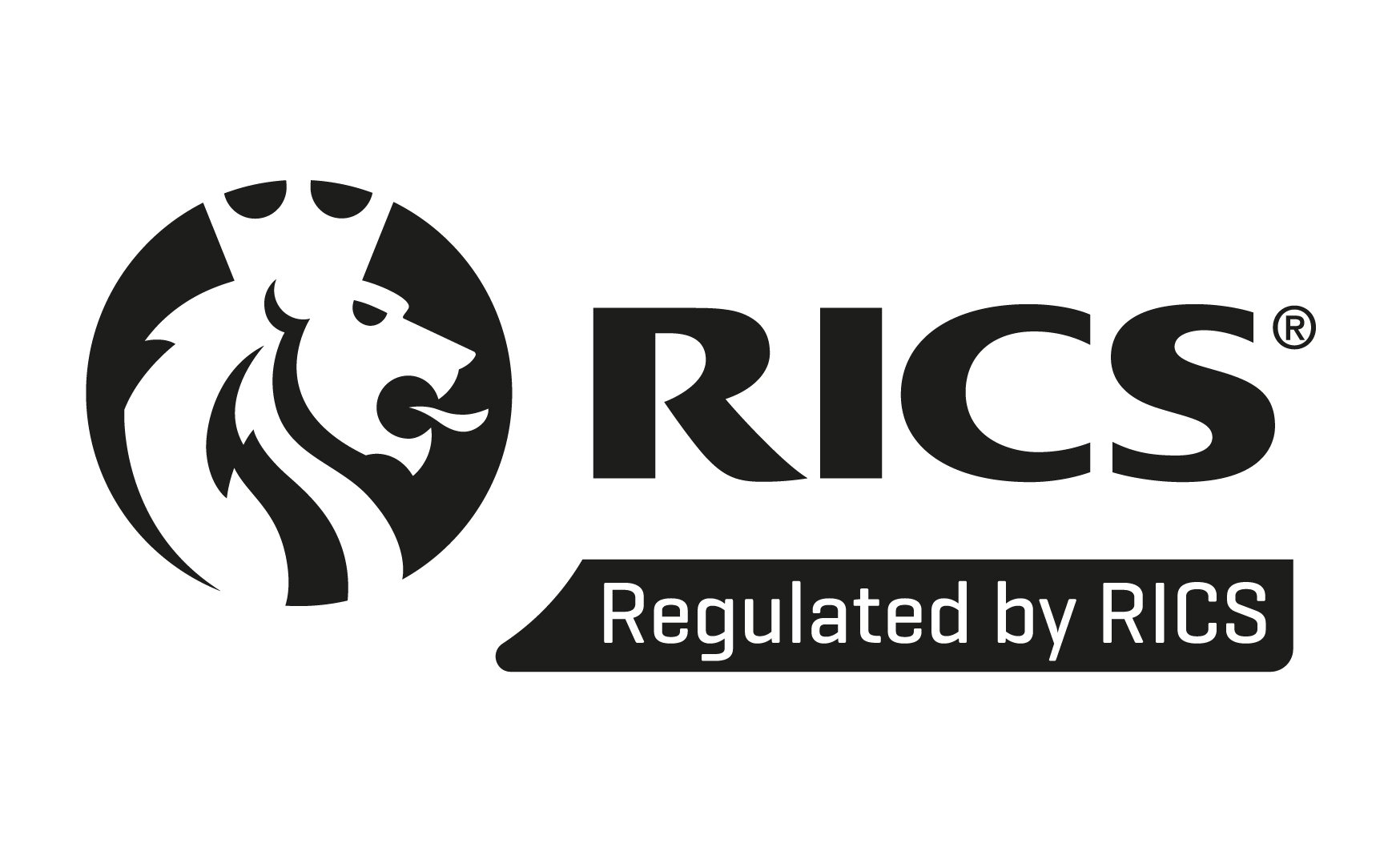
Sustainable Reuse and Recycling of Construction Materials
Material Reuse and Recycling
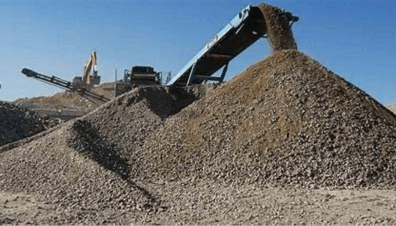
In our earlier articles we have looked at how intelligent design and material selection are key strategies for reducing the embodied carbon inherent in the building materials we use to develop our assets.
If we were to take things to extremes and in an ideal world, then the priority of approaches would probably be, in order of preference to achieve a greater level of sustainability:
- Build nothing,
- Refurbish what you already have,
- Build less,
- Build smarter,
- Re-use the materials you have,
- Recycle what is already on site
Assuming however that you are going to be doing some form of development to satisfy your business model, in this article we will focus on ideas for prioritising refurbishment, re-using or recycling materials to reduce your impact.
Refurbishment
A significant amount of refurbishment is going to be necessary given that a massive proportion of the properties which will be with us in 2050 are already in existence. Some estimate this at around 80% of properties. Therefore, whether it is your next site, or a future development, we are all going to have to get good at sustainable refurbishment.
De-carbonisation of existing assets will be essential. This might need to entail a change in the way our properties are managed, maintained and used, and will probably require some potentially significant design updates, whether once, or, multiple times over the life of the asset.
The principle of refurbishment will be to accept the embodied carbon of the materials already used, so as to not require equivalent new materials. The focus is likely to therefore be to reduce the energy demand and operational carbon needed to continue to use the assets.
Timing of refurbishment activity ought to be planned around the cyclical replacement of M&E, lifecycle replacement strategies and lease expiry. A carefully thought through maintenance approach will be critical to planning for these interventions. (We have written extensively on the value of maintenance elsewhere on our website).
Build for re-use
At the design stage, the structure, form and type of materials can all be thought through to identify opportunities for either a longer life span, using more robust materials that can also be recycled or reused at the end of the building life, or, designing for flexible buildings where the space can be adapted for different uses throughout its life. We should also consider the end of life of the newly designed property asset too, so the materials or structures might be re-purposed.
Having accurate as built drawings and design information, that are kept up to date as changes are made and maintained over the life of the property, will allow for informed decisions to be made in the future. For example, this would allow existing foundations to be more easily assessed for reuse in the future, i.e. to reduce the need for heavy works, or to be able to re-use structural elements where there is trust in the adequacy of the load capacity.
Reuse
The reuse of existing structures and assets ought to be prioritised whenever and wherever possible. If properties are well maintained then the life of the existing asset can be prolonged. Where prolonged heavy site-use or ultimately the degradation of asset condition dictates that re-development becomes necessary, then a well-managed series of pre-construction due diligence activities will be required to plan what materials and structures can be re-used in some way, or possibly recycled.
Re-use could include the structure or cladding of a building, the foundations, surfacing or fittings, all subject of course to a careful assessment to balance carbon impact against technical standards and the potential for recycling into more efficient materials or design solutions for the longer term. Increasingly, materials are also being reclaimed and re-used from other sites.
Repurposing of excavated material on site for things like bunds (for screening or for noise reduction) can be achieved by treating / grading / categorising on site. This can enable the material to be used as engineered fill, rather than having to transport it away which has both a cost and environmental impact (often doubled up if alternate materials are being hauled to site).
Recycling
Where reuse of in-situ materials is not practical or desirable, then we really ought to be seeking to recycle what is to be removed from the existing structures, and preferably finding ways to re-use on the same site, or feeding the materials into efficient industry material manufacturing, so that they can be used elsewhere.
In turn, if recycled materials are available from other sources, then we should consider using these where technically appropriate. Steel is a good example – with recycled content making up a considerable proportion of the available construction steel in the UK, and increasingly being re-processed in facilities running off renewable energy.
Recycled aggregate is increasingly being used in tarmac products and concrete and IBAA (Incinerator Bottom Ash Aggregate) lower carbon products, for use as sub-base instead of quarried material, are more readily available.
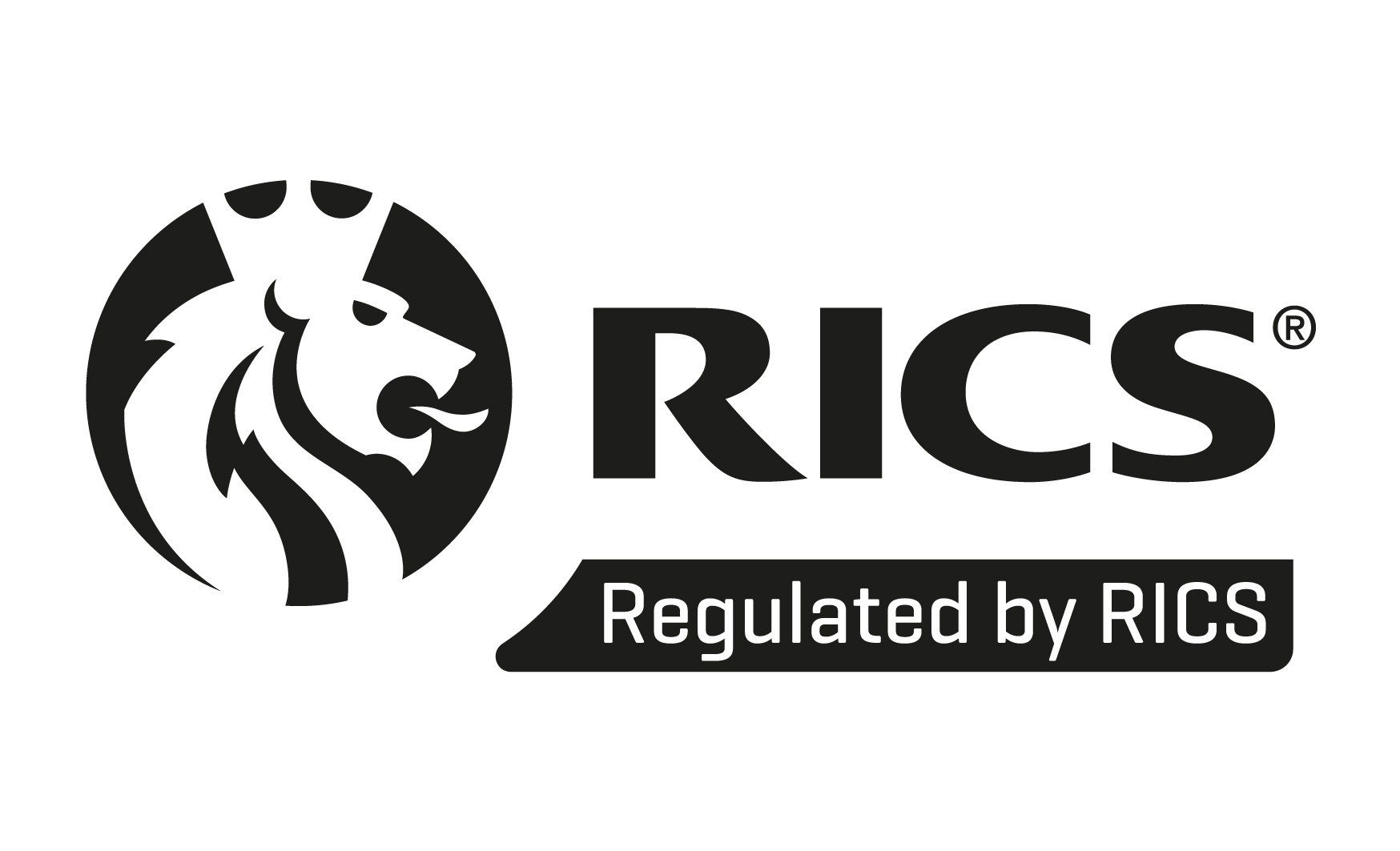
+44 01993 883 974
info@evenloderoadside.com
Evenlode Roadside is a trading name of:
Reese Procurement Limited
Registered Address
5 Minton Place
Victoria Road
Bicester, Oxon
OX26 6QB
